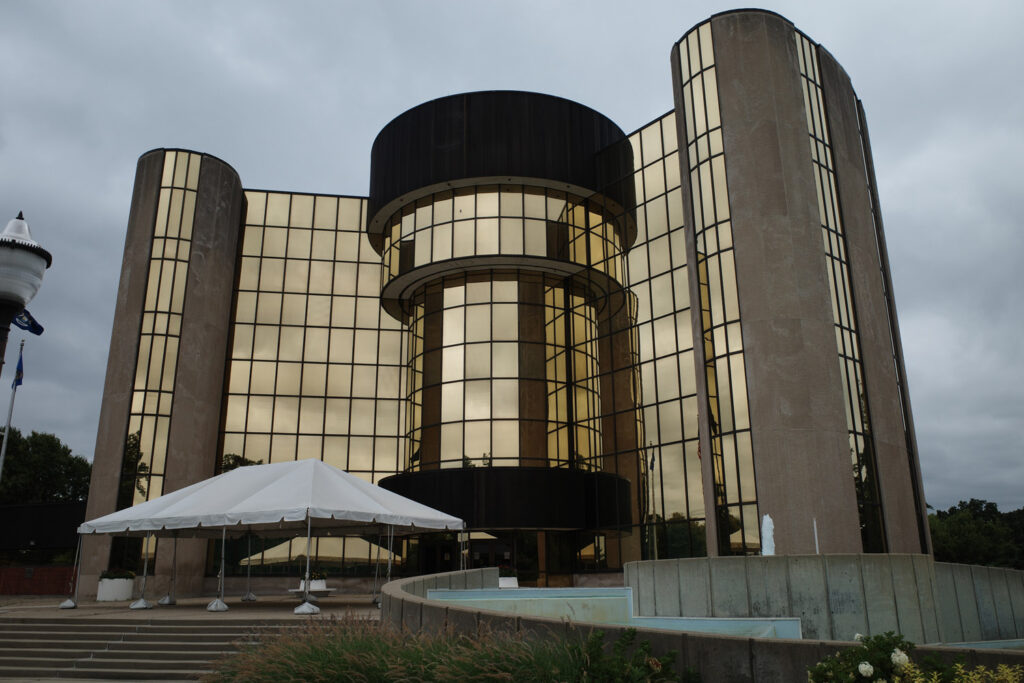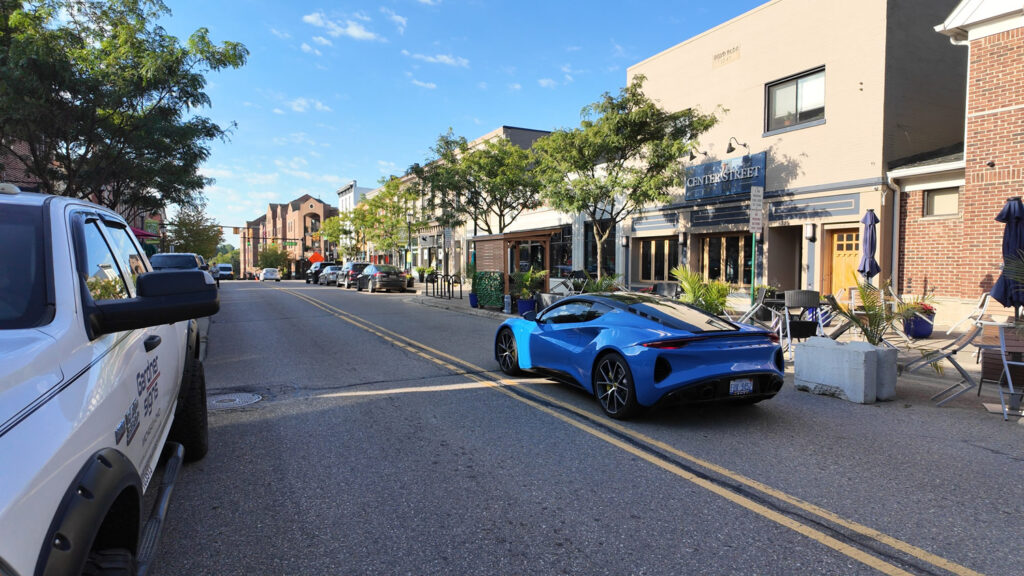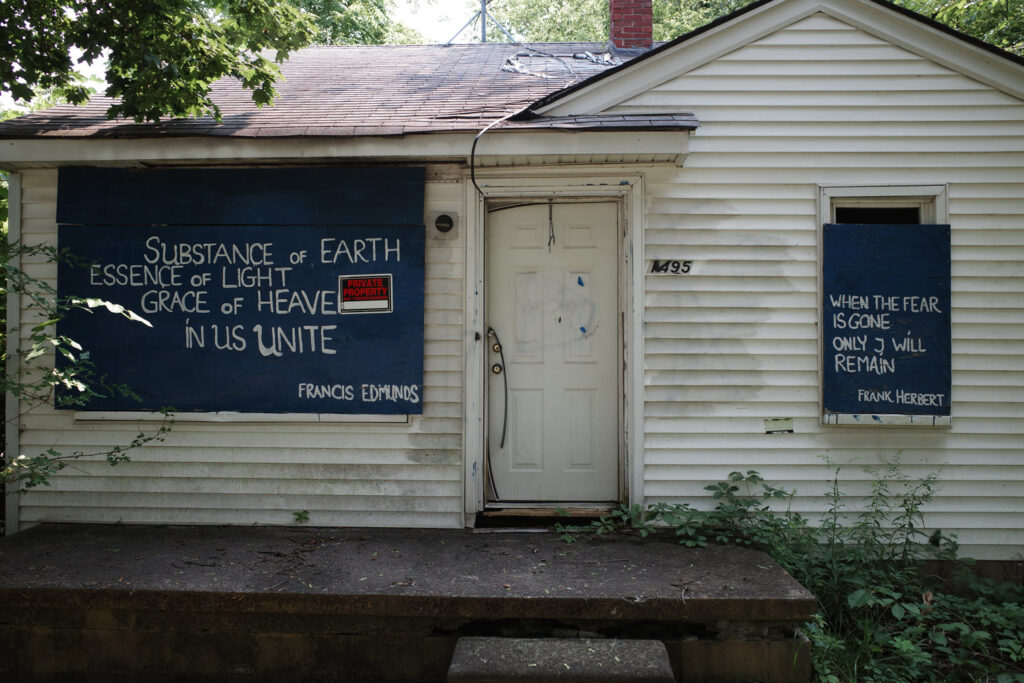Livonia — The recent Aug. 5 primary elections revealed an inconvenient truth about a sleepy suburban utopia of western Wayne County: There aren’t very many young adults in Livonia. So where the hell are they?
Going back several decades, Livonia—often referred to as a bedroom community, to my chagrin—always had a population tracking slightly older than the state average. A quiet suburbia for auto and steel workers, the city was a popular landing spot for upwardly mobile working-class families escaping Detroit during White Flight.
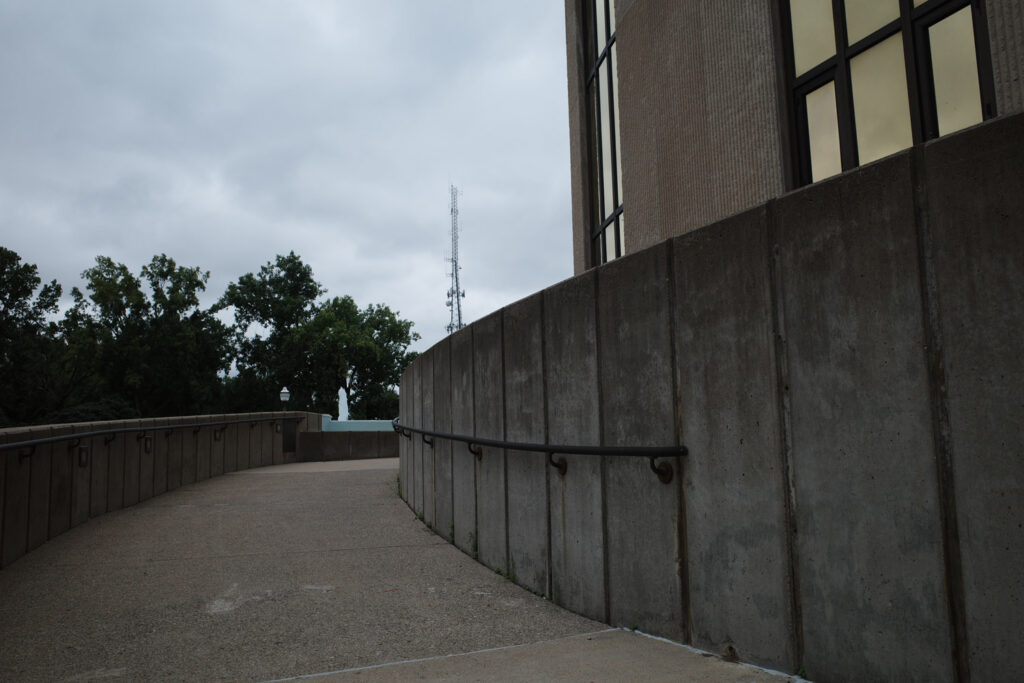
The Gen X youth in the city during the late 1970s and ’80s necessitated four high schools, and a fifth if you include nearby Clarenceville High School that pulled students from a small sector of the district and was used as a dumping ground for expelled Livonia Public School kids.
I was there. I experienced it. I lived it. Every subdivision was jammed full of kids. Whatever the actual data indicated, the fact of the matter was that Livonia felt like a young city.

However, a slow decline in student numbers, because of the departure of young families from the area, coincided with the slow aging of the city’s Baby Boomers. Rather than retire to Florida or Arizona, like their Silent Generation precursors, they remained chained to their paid-off cribs.
The Boomers had already fled one city. Like hell were they moving again, so they remained encamped in Livonia, enjoying their bedroom community so much they birthed a second generation, which became Millennials.

The slow aging process of the city continued, perhaps too subtle for anyone to really take notice, but small signs of trouble were evident.
In 2005, the school district closed several elementary schools, consolidated several school zones, and repurposed several buildings under a Legacy Initiative, ostensibly to run more efficiently and cut costs.
The underlying reason was obvious: a drastic decline in the youth population in the city.
Schools are closing or merging, replaced by retirement homes. The pattern is impossible to ignore.
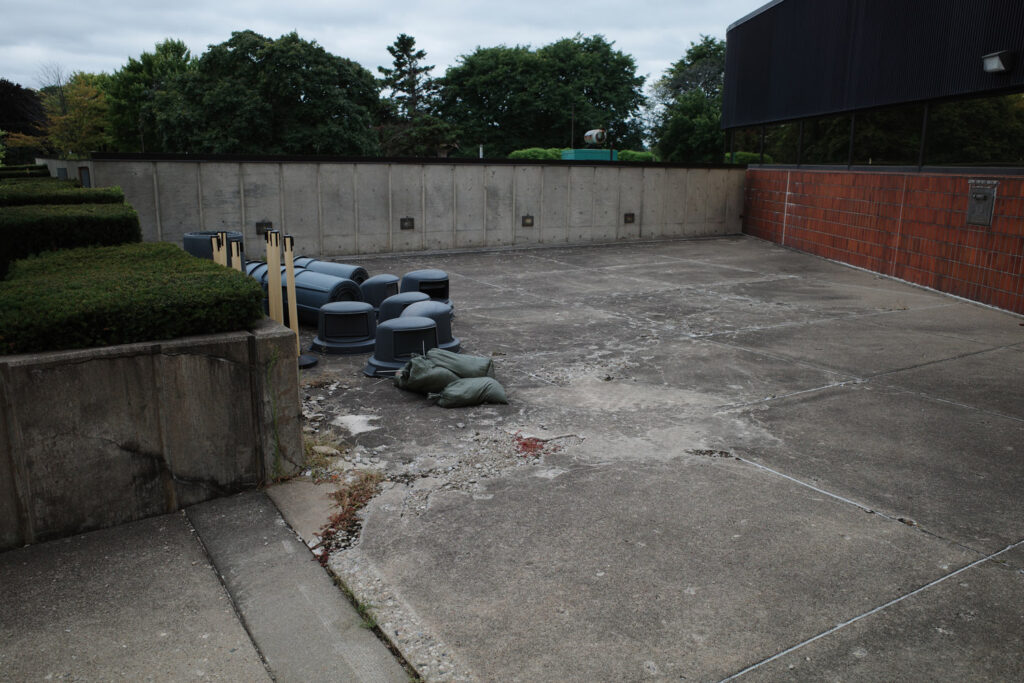
That brings us to today: Gen X is now middle-aged, with Millennials right on their heels, both with high school and middle school children, both with below replacement levels of child birth rates, and both making up a far smaller percentage of the city’s demographics.
The Early Zoomers ranging between 25-28 years of age? There aren’t many of them, and the ones that are here are living with their parents.
A record-high turnout killed the millage proposal by a margin of 2 to 1, stunning proponents of the plan for redeveloping city infrastructure with a future eye on creating a walkable downtown at Five Mile and Farmington Road.
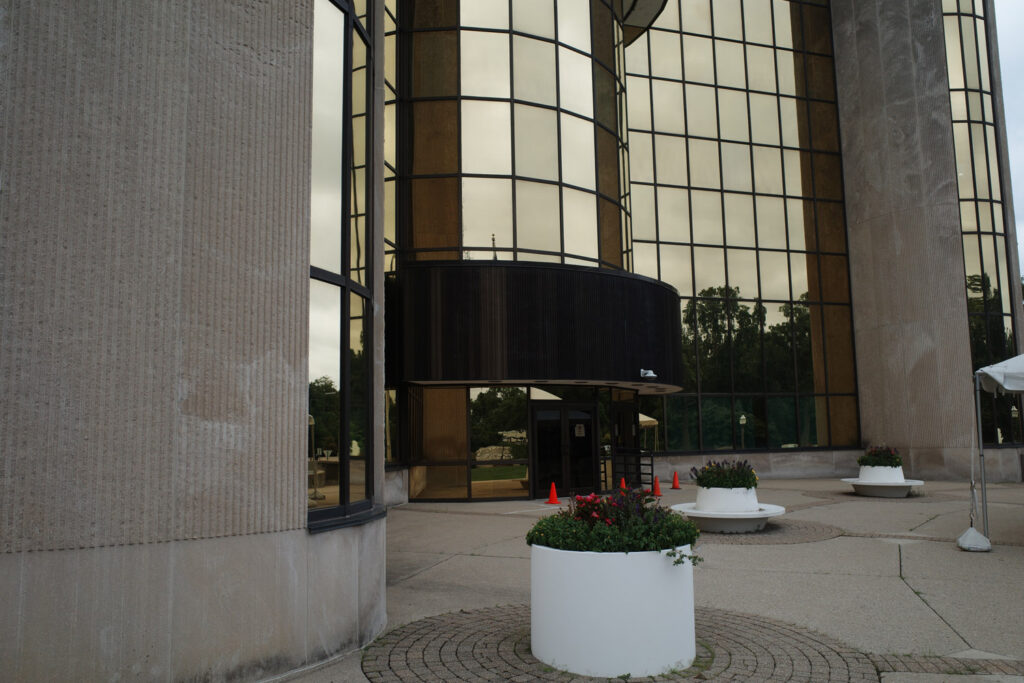
While everyone was patting themselves on the back for such a fine civic performance, I took a deeper look and found some additional troubling signs in store for Livonia’s perpetuity.
Very few Gen Xers and Millennials felt motivated to engage in the voting process, and even fewer members of the Zoomer generation felt the need to show up.
According to data obtained from Lori Miller—Livonia’s city clerk who oversaw the primary—only about one-fifth of registered voters under the age of age of 60 voted, in contrast to an estimated 75% of voters over age 60.
The total population of voters over 60 is 31,201, or 34.6% of current residents over the age of 18. According to information provided by city hall, the average age in Livonia currently stands at 46.7 years old and growing older each year.

The theory shared by several sources within city government wishing to remain unnamed is voters over 60 were unusually motivated to vote against the millage in the primary. This is undergirded by all the visual evidence on social media and in offline hearings and meetings as attendees, protesters, and angry activists were almost exclusively members of the now geriatric “Leading Edge Boomers.”
This aging out of the Baby Boomers, and subsequent generational disconnect, isn’t completely their fault. Livonia was exceptionally more affordable for young families in the 1970s, with inflation, housing costs, and really, the costs of everything skyrocketing in the following decades.
That could also explain the cantankerous mood seniors are in lately.
Boomers, in contrast to their incessant need to scream poor, are the most affluent demographic in Livonia, but they’re not that affluent. Most of them are pensioners, they live remarkably comfortable lives, but like everyone else, can’t easily afford to move to a more expensive city.
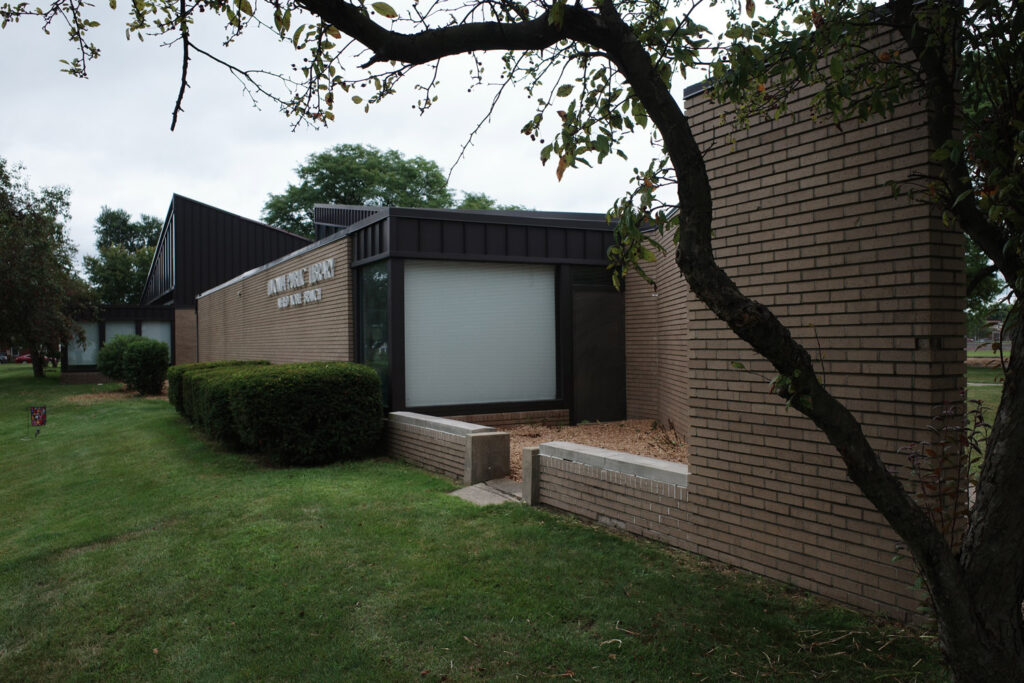
During the lead up to the Aug. 5 primary, protesting grandparents were heard saying cringe-inducing, nonsensical slogans such as: “Take your money to Plymouth” or “Don’t Northville my Livonia,” essentially demanding those hoping for increased economic development in the city to leave.
This was a rhetorical signal flare fired off in fearful desperation with clear implication: “We’re not leaving.” But why are they fearful?
The city’s seniors are feeling the slight increase in social pressure from younger Livonians and the emergent Zoomers struggling financially to buy homes when they saw their own parents break into that suburban dream with relative ease.
This brings us to the crux of this issue, which is that suburban dream—the American Dream—seems to be stagnant and possibly dying from the perspective of Livonia’s younger generations.
Young people want to live here and might find the notion of a bedroom community a stabilizing force for raising a family.

Who can blame them? They are living in a very different America than the vastly more comfortable Boomers.
Many families who’ve bought into Livonia were pulled in by the safe and highly reputable school system and access to youth athletics. A Livonia-based real estate agent I spoke with keyed on that point.
“Middle and upper middle-class families are instinctually motivated to live in cities with youth sports programs, and if those organizations aren’t sustained and supported by the city, district, or community at large, those parents will find access in other cities, and ultimately leave the area,” they said.
But young families have other concerns as well, according to my source.
“They want increased economic development that sustains and raises property values, and renewal that improves the badly aging infrastructure,” my source said.

The City Hall building has been an eyesore for Livonia for over two decades. Built in the late 1970s using the popular-at-the-time Modern-Brutalist architecture, the weather-stained concrete and discolored gold window structure looks like something out of a low-budget dystopian science fiction film.
Yet Livonia’s seniors, with a bizarrely fixated affinity for old buildings, have sought to save City Hall and several other structures in the city, including the currently decommissioned and functionally obsolete Nobel Library and the mostly empty Sandburg Library that doubles as a homeless rest stop in the winter months.
A prominent political figure in Livonia, asking not to be named, explained the current state of play in blunt terms.
“The notion of Livonia’s seniors concerned with a tax increase is bullshit,” my source told me. “The reason they are fighting off proposed millages and redevelopment is adversity to change. They interpret any change to Livonia as a loss, but what are they losing?”
What does it all mean for Livonia’s future? We continue aging and wait for the attrition of time.
Jay Murray is a writer for Michigan Enjoyer and has been a Metro Detroit-based professional investigator for 22 years. Follow him on X @Stainless31.
